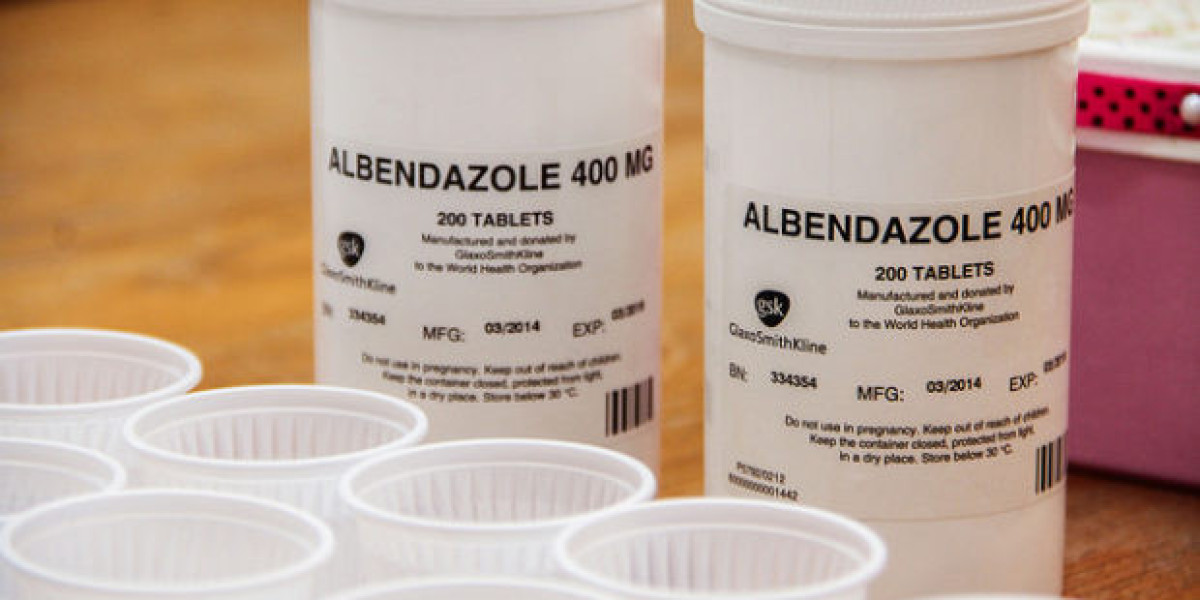Ranitidine 150mg is a medication widely used to treat various gastrointestinal conditions, including heartburn, acid reflux, and ulcers. As a histamine-2 (H2) receptor antagonist, ranitidine works by reducing the production of stomach acid, thereby alleviating symptoms and promoting healing of the gastrointestinal tract. In this comprehensive guide, we'll explore the mechanism of action, therapeutic uses, potential side effects, and other important aspects of ranitidine's effects on the body.
Mechanism of Action:
- Ranitidine belongs to a class of medications known as H2 receptor antagonists, which selectively block the action of histamine at H2 receptors in the stomach.
- Histamine is a chemical messenger that stimulates the secretion of gastric acid by parietal cells in the stomach lining. By inhibiting the action of histamine, ranitidine reduces the production of stomach acid, leading to decreased acidity and improved symptoms of acid-related conditions.
Therapeutic Uses:
- Ranitidine is commonly prescribed for the treatment of conditions such as gastroesophageal reflux disease (GERD), peptic ulcers, Zollinger-Ellison syndrome, and erosive esophagitis.
- It is also used as a preventive medication to reduce the risk of stress ulcers in critically ill patients or those undergoing certain medical procedures.
Effects on Gastric Acid Production:
- By blocking H2 receptors on parietal cells, ranitidine reduces both basal and stimulated secretion of gastric acid.
- This decrease in stomach acid production helps alleviate symptoms such as heartburn, acid reflux, and indigestion, while also promoting healing of ulcers and erosive lesions in the gastrointestinal tract.
Duration of Action:
- Ranitidine is typically administered orally and reaches peak plasma concentrations within 2-3 hours after ingestion.
- The effects of ranitidine on reducing gastric acid secretion can last for several hours, with a single dose providing relief from symptoms for up to 12 hours in many cases.
Side Effects:
- While ranitidine is generally well-tolerated, some individuals may experience side effects such as headache, dizziness, diarrhea, constipation, and abdominal pain.
- Rare but more serious side effects may include liver dysfunction, allergic reactions, and changes in blood cell counts. Patients should seek medical attention if they experience any concerning symptoms while taking ranitidine.
Drug Interactions:
- Ranitidine may interact with other medications, including antacids, sucralfate, and certain antibiotics or antifungal agents.
- It's essential to inform healthcare providers about all current medications, supplements, and medical conditions before starting treatment with ranitidine to minimize the risk of potential drug interactions.
Special Populations:
- Ranitidine may be used cautiously in pregnant or breastfeeding women, as well as in elderly individuals or those with impaired renal or hepatic function.
- Dose adjustments may be necessary in these populations to ensure safe and effective therapy.
Conclusion:
- Ranitidine is an effective medication for the treatment of various acid-related gastrointestinal conditions, offering relief from symptoms and promoting healing of mucosal damage.
- Understanding its mechanism of action, therapeutic uses, potential side effects, and considerations for use is essential for healthcare providers and patients to optimize the benefits of ranitidine therapy while minimizing risks.
Certainly, here are some additional points to consider regarding ranitidine:
Long-Term Use:
- Ranitidine is often used as a short-term treatment for acute conditions such as heartburn or ulcers. However, in some cases, it may be prescribed for long-term maintenance therapy to prevent symptom recurrence or ulcer relapse.
- Prolonged use of ranitidine may be associated with risks such as vitamin B12 deficiency, which can occur due to impaired absorption in the stomach in the absence of sufficient gastric acid.
- Healthcare providers should carefully assess the need for long-term ranitidine therapy and monitor patients regularly for potential complications.
Withdrawal Symptoms:
- Abrupt discontinuation of ranitidine after prolonged use may lead to rebound hyperacidity, resulting in a temporary increase in gastric acid secretion and worsening of symptoms.
- Patients who have been taking ranitidine long-term should be gradually tapered off the medication under the guidance of a healthcare provider to minimize the risk of rebound effects.
Formulations and Administration:
- Ranitidine is available in various formulations, including tablets, capsules, oral solutions, and injectable formulations.
- The choice of formulation and route of administration may depend on factors such as patient preference, severity of symptoms, and clinical indication.
- Oral formulations are typically taken once or twice daily, while injectable ranitidine may be administered intravenously in hospital settings for more rapid symptom relief.
Role in Acid Suppression Therapy:
- Ranitidine is one of several medications used in acid suppression therapy, which aims to reduce gastric acid secretion and alleviate symptoms of acid-related conditions.
- In some cases, ranitidine may be used in combination with other acid-suppressing agents, such as proton pump inhibitors (PPIs), to achieve optimal acid control and symptom relief.
Monitoring and Follow-Up:
- Patients receiving ranitidine therapy should be monitored regularly to assess treatment response, symptom control, and potential adverse effects.
- Follow-up visits with healthcare providers are important to evaluate the need for continued therapy, adjust dosages as needed, and address any new or worsening symptoms.
Patient Education:
- Patients should be educated about the proper use of ranitidine, including dosage instructions, potential side effects, and the importance of adherence to treatment.
- Lifestyle modifications, such as dietary changes, weight management, and smoking cessation, may complement pharmacological therapy and improve treatment outcomes.
By considering these additional points, healthcare providers and patients can make informed decisions about the use of ranitidine for the management of acid-related gastrointestinal conditions, ensuring safe and effective therapy tailored to individual needs.








